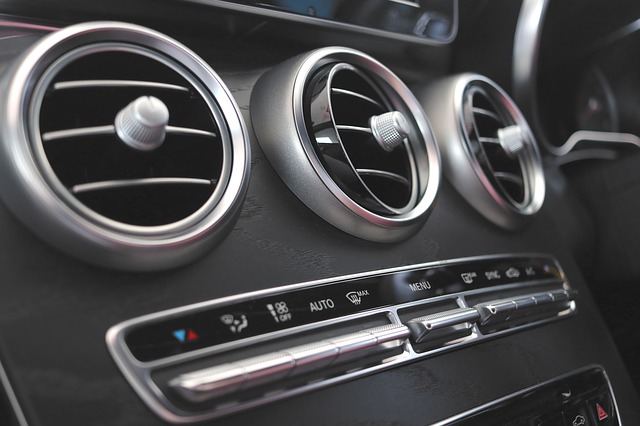Sometimes, during a long drive battery gets dead. Then you have to jump out with another car. You can do it easily if you know its basics and procedure. Today after going through this blog post, you will be much more confident and aware of it. I will discuss the following listed 9 steps on how to jump a car with a diagram.
- Safety Precautions
- Prepare the Jumper Cables
- Position the cars
- Connect the Positive Cables
- Connect the Negative Cables
- Start the Engine of the Working Vehicle
- Start the Engine of the Dead Vehicle
- Remove the Cables
- Take the Car for a Test Drive
How to Jump a Car Diagram
Step 1: Safety Precautions
Safety should be your top priority when jumpstarting a car. First, turn off cars and any electrical components, such as the radio, headlights, and interior lights.

Wear safety gloves and eye protection to prevent electrical shocks. In addition, avoid smoking or having any flammable materials near the car batteries as they contain hydrogen gas that can be explosive.
Step 2: Prepare the Jumper Cables

Make sure you have the correct set of jumper cables for your car. Check that the cables are clean, untangled, and free of any damage, such as frayed wires or cracked insulation.
If they are damaged, do not attempt to use them, as it could result in an electrical shock or fire.
Step 3: Position the Cars

Position the working car close to the dead car so the jumper cables can reach both car batteries. Turn off both cars and engage the parking brake.
Ensure that the cars are not touching each other. If they touch each other, they can get a spark.
Step 4: Connect the Positive Cables

Join one end of the RED JUMPER CABLE to the (+) terminal of the dead car battery. Then, join the other end of the RED JUMPER CABLE to the (+) terminal of the working car battery.
Ensure that the cables are securely attached to both batteries. Otherwise, it will need to be fixed.
Step 5: Connect the Negative Cables

Connect one end of the BLACK JUMPER CABLE to the (-) terminal of the working car battery. Then, join the JUMPER BLACK CABLE to a metal surface. They should be joined properly.
This could be a metal bracket, bolt on the engine block, or another suitable location.
Step 6: Start the Engine of the Working Vehicle

Start the working car’s engine and let it idle for a few minutes to allow the battery to charge the dead car battery. The working car’s alternator will provide the power to charge the Dead car battery.
One person should sit in the working car and start the engine for this step. At the same time, others should monitor it from outside, as shown in the above picture.
Step 7: Start the Engine of the Dead Vehicle

Try to start the engine of the dead car. If it doesn’t start, wait a few more minutes for the battery to charge. If the car still doesn’t start after several attempts, it may be a sign that the battery is too old and needs to be replaced.
Step 8: Remove the Cables

Once the dead car starts, removing the jumper cables correctly is important to avoid any electrical shocks or sparks.
First, remove the negative cable from the metal surface of the dead car. Next, remove the negative cable from the working car battery. Then, remove the positive cable from the working car battery and the positive cable from the dead car battery.
Step 9: Take the Car for a Test Drive

Take the car for a short test drive to ensure the battery is charged and starts and runs smoothly. If the car still has trouble starting or running, it may be a sign of a more serious problem, and you should take it to a mechanic for a professional inspection.
My Opinion
Everyone can face a dead battery issue anytime. But instead of getting panicky, look for a gentleman or lady who will happily agree to jump into your car with their car.
Once you get a car, jump your car. Then Park your dead car and other charged car in a way that gets easily jumped. You can park then opposite their direction but facing toward each other.
After that, connect both of them and follow the above steps.
You should follow the above 9 steps carefully; thus, you can charge your battery.
Once you are done, remove the cable and start your car to see if it’s working. It will work properly.







